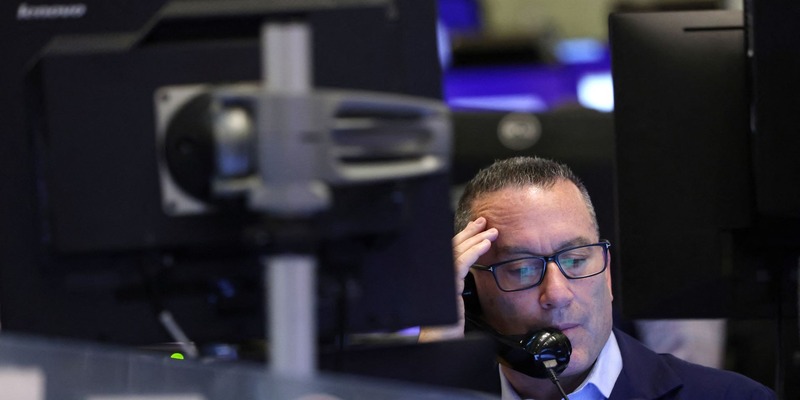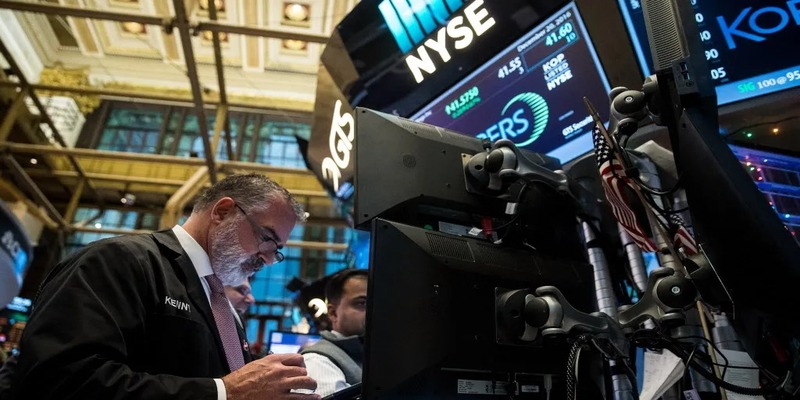The bid-ask spread is the difference between an item's asking price and the bidding price. The bid-ask space refers to the disparity between a particular asset's highest offer and the lowest ask price. If you're selling something, you'll get the bid price, and if you're buying anything, you'll pay the asking price.
A Comprised Explanation of the Bid-Ask Spread

The price of a security at any given time is the market's estimate of that security's value. The price taker (trader) and the market maker are the two most important participants in each market transaction, and they are responsible for setting the "bid" and "ask" prices, respectively (counterparty).
Market makers, who brokerages often hire, make the offer to sell assets at a specific price (the asking price) and the bid to buy securities at a particular price (the offer) (the bid price).
If an investor wants to purchase a guarantee (the asking price) or sell a security (the bid price), they will choose one of these two prices (bid price).
Liquidity And The Bid-Ask Spread
The difference in liquidity across assets is the primary driver of the variation in the magnitude of the bid-ask spread. The gap between the bid and the asking price is widely accepted as an indicator of market liquidity.
It's only fair that marketplaces with higher liquidity have tighter spreads. Those who initiate transactions (price takers) need access to liquid funds, while those constructing markets (counterparties) provide those funds.
For instance, the bid-ask spread in the foreign exchange market is so narrow that it can be calculated in fractions of a penny, making currency the most liquid asset in the world. Less liquid assets, such as small-cap equities, may have spreads equal 1% to 2% of the asset's lowest ask price.
Example of a Bid/Ask Spread
If a stock trades at $19 on the bid and $20 on the ask, the spread between the two prices is $1. The bid-ask space can also be expressed as a percentage; typically, it is determined as a multiple of the lowest selling or asking price. The bid-ask spread in percentage terms for the stock mentioned above would be 5% ($1 / $20 x 100) or $1 divided by $20. The gap would narrow if either a bidder or a seller made a competing offer to buy or sell.
Features of the Ask-Bid Difference

All financial instruments, from stocks and bonds to forex and commodities, are open to bid-ask spread trading. The bid-ask spread is a measure of market liquidity used by traders. The space widens when there is a lot of competition between buyers and sellers of that security.
Instead of accepting the current market price, most traders would enter the market at a price they set with a limit order. The bid-ask spread represents a cost since it reflects the expense of coordinating two separate transactions simultaneously.
The Bid-Ask Spread: How Does It Operate?
The gap between a security's asking price and its offering price is known as the bid-ask spread in the financial markets. The bid-ask spread is the difference between a buyer's highest acceptable offer price and a seller's minimum acceptable offer price.
A tight bid-ask space is indicative of intense interest in a particular asset. On the other hand, investments with a broad bid-ask spread may have limited demand, which in turn influences more significant price gaps.
What Factors Contribute To Wide Bid-Ask Spreads?
Several things might contribute to a wide bid-ask spread. As a first consideration, liquidity is crucial. A smaller space is to be expected when a high volume of trading activity surrounds a particular security. The spread between the bid and the asking price of highly traded stocks like Google, Apple, and Microsoft will be narrower.
On the flip side, stocks with little market volume or little public interest may have a wide bid-ask spread. Small-cap equities might fall into this category because of their smaller trading volumes and lesser investor demand.
What Does a Typical Bid-Ask Spread Look Like in Stocks?
Here's a hypothetical situation: a trader wants to buy 100 shares of Apple for $50. A market observer notices that 100 shares are sold for $50.05 for each unit. There would be a $0.05 gap between the prices, from $50.00 to $50.05.
This spread may not seem like much, but it may significantly impact significant transactions, which is why tight spaces are preferable. In this case, the total value of the bid-ask spread would be $5 (100 shares x $0.05/share = $5).

Moving to New Mexico: Things to Know

Best Reasons to Choose a Real Estate Agent Over

All About a Trade Date

All You Need To Know About Unlock Home Equity Agreement

All You Need to Understand: How Peloton Makes Money

Tax Traps To Avoid

How Do Private Party Auto Loans Work?

How to Calculate Interest on a Loan

Best Cities to Buy Real Estate or Rental Property

What is Life Insurance?

California Retirement: An Overview
